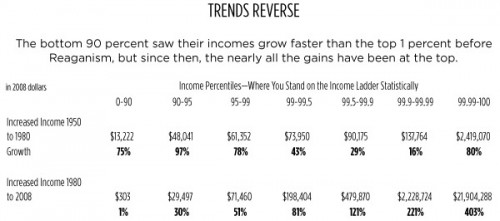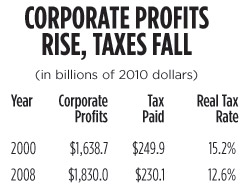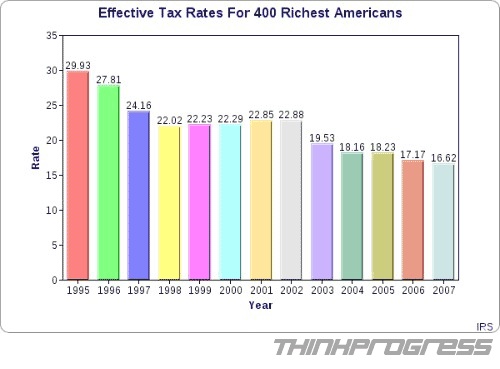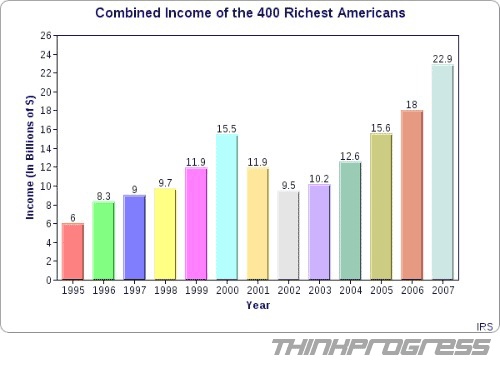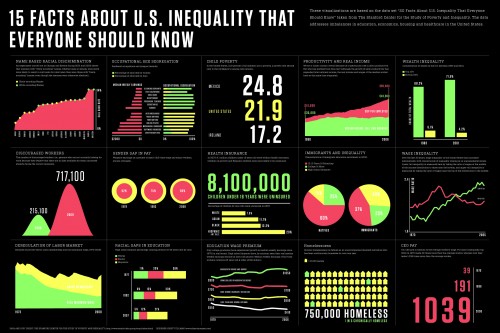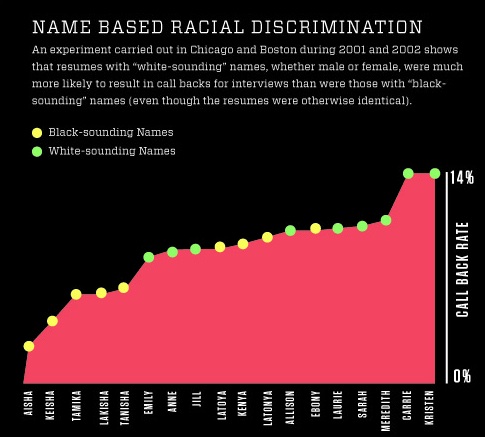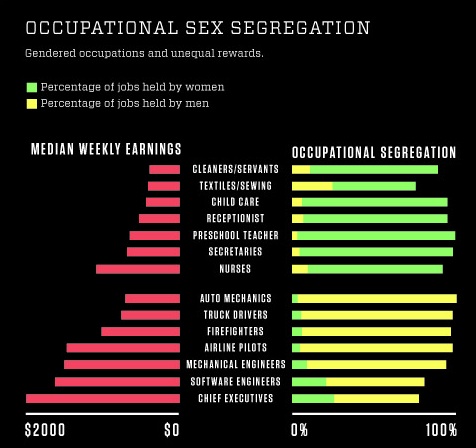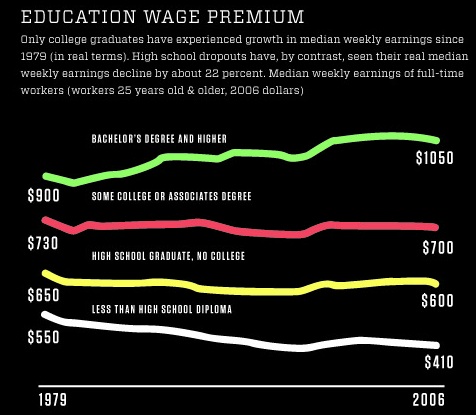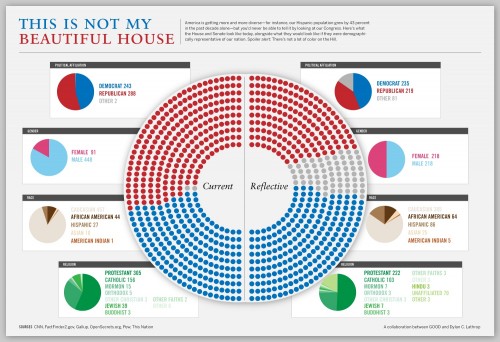In the U.S., Spam is usually considered a food for poor people; people make fun of it as an inexplicable meat. In contrast, Spam is very popular in South Korea. Spam was introduced to Korea during the Korean War (1950-1953) and today it is a popular food item loved by all walks of life. Growing up in Korea, I distinctly remember that it was “cool” to bring a slice of Spam in a lunch box when I was kids. Even today whenever I go home, my friends take me to eat a spicy Spam stew; it’s a special occasion.
Not at all considered a food for the poor or the “trashy,” as it commonly is in the U.S., in Korea Spam is a luxury item. Spam can be a great gift for your boss or your business clients. The photo below shows Spam for sale at a luxury hotel. The set on the top shelf cost about $60 and the set on the second sells for about $42.
Perceptions of Spam, then, are cultural. From an American perspective, the popularity and prestige of Spam in Korea may seem weird. But from a Korean perspective, it is perfectly sensible… and with boiled rice and kim-chi, totally delicious.
Sangyoub Park is an assistant professor of sociology at Washburn University, where he teaches Social Demography, Generations in the U.S. and Sociology of East Asia. His research interests include social capital, demographic trends, and post-Generation Y.
Lisa Wade, PhD is an Associate Professor at Tulane University. She is the author of American Hookup, a book about college sexual culture; a textbook about gender; and a forthcoming introductory text: Terrible Magnificent Sociology. You can follow her on Twitter and Instagram.






